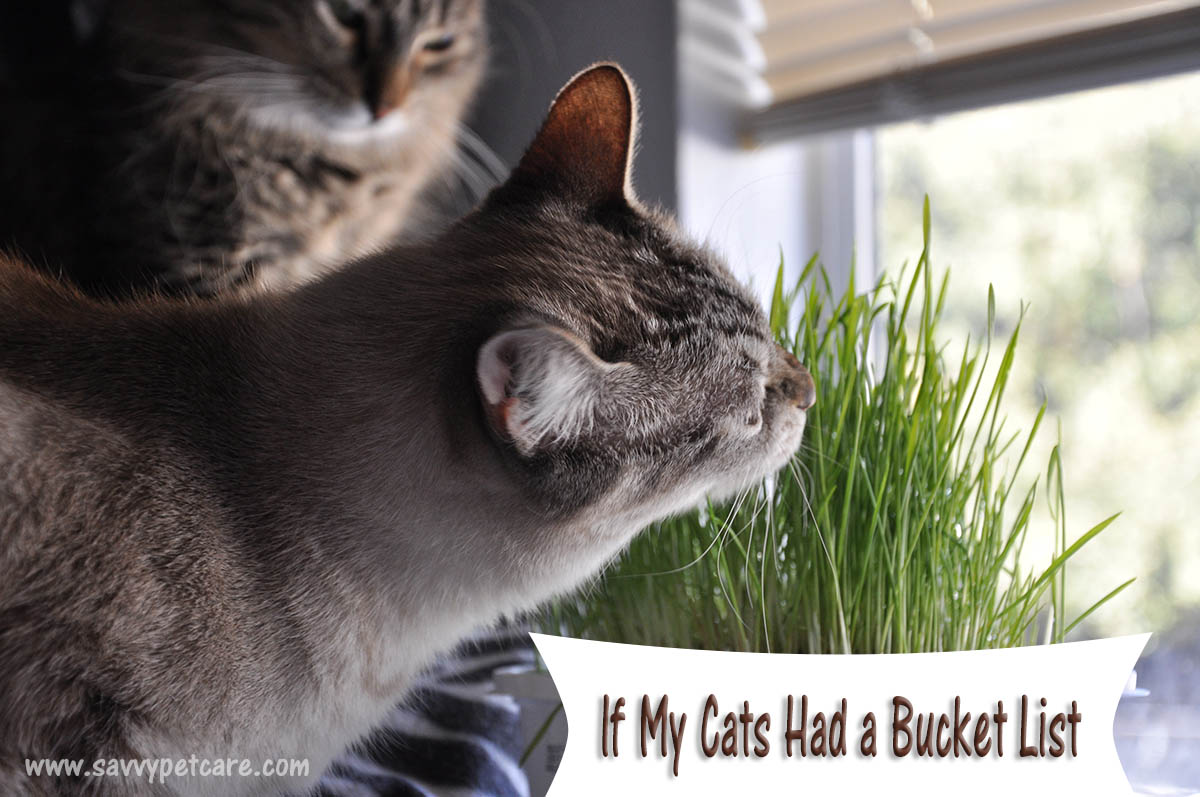Choosing the perfect cat litter is key to keeping your cat happy—and your home fresh. With so many options, it can get overwhelming. This guide breaks down different types of litter, their pros and cons, and even tackles common litter box issues.
 Types of Cat Litter: Pros, Cons, and Best Brands
Types of Cat Litter: Pros, Cons, and Best Brands
Here’s a detailed look at the most popular types of litter.
1. Clumping Clay Litter
Example Brand: Dr. Elsey’s Ultra Clumping Cat Litter
- Pros: Easy to scoop, great odor control, widely available.
- Cons: Dusty, heavy, and not eco-friendly.
2. Non-Clumping Clay Litter
Example Brand: Tidy Cats Non-Clumping Cat Litter
- Pros: Inexpensive and absorbs liquid quickly.
- Cons: Poor long-term odor control, dusty, and requires frequent changes.
3. Silica Gel (Crystal) Litter
Example Brand: Fresh Step Crystals Cat Litter
- Pros: Long-lasting, lightweight, and low dust.
- Cons: Expensive, and some cats dislike the texture.
4. Natural and Biodegradable Litters
- Corn-Based Litter
Example Brand: World’s Best Cat Litter- Pros: Biodegradable, clumps well, flushable.
- Cons: Expensive and may attract bugs.
This has been my personal favorite for years: Arm & Hammer Naturals Cat Litter, Multi Cat
- Wheat-Based Litter
Example Brand: sWheat Scoop Natural Cat Litter- Pros: Flushable, eco-friendly, and soft on paws.
- Cons: Can develop a sour smell and is less absorbent.
- Pine-Based Litter
Example Brand: Feline Pine Original Cat Litter- Pros: Biodegradable, absorbs moisture well, and has a natural scent.
- Cons: Non-clumping and some cats dislike the texture.
- Coconut Husk Litter
Example Brand: CatSpot Coconut Cat Litter- Pros: Lightweight, eco-friendly, and natural.
- Cons: Less absorbent and pricey.
- Walnut Shell Litter
Example Brand: Naturally Fresh Walnut-Based Cat Litter- Pros: Highly absorbent, biodegradable, and offers great odor control.
- Cons: Dusty and messy due to its dark color.
- Paper-Based Litter
Example Brand: Yesterday’s News Paper Cat Litter- Pros: Soft texture, dust-free, made from recycled materials.
- Cons: Non-clumping with poor odor control.
5. Grass-Based Litter
Example Brand: SmartCat All Natural Clumping Litter
- Pros: Clumps well, biodegradable, and lightweight.
- Cons: Expensive and tends to track more.
6. Tofu-Based Litter
Example Brand: KittyWoo Tofu Cat Litter
- Pros: Flushable, eco-friendly, clumps tightly.
- Cons: Expensive and requires regular stirring to stay fresh.
7. Specialty Litters
- Scented Litter
Example Brand: Fresh Step Scented Litter- Pros: Masks odors effectively.
- Cons: Fragrances can irritate sensitive cats.
- Unscented Litter
Example Brand: Dr. Elsey’s Precious Cat Ultra Unscented- Pros: Ideal for sensitive cats or owners with allergies.
- Cons: Requires regular scooping to control odor.
- Dust-Free Litter
Example Brand: Arm & Hammer Clump & Seal- Pros: Minimizes dust, great for cats with respiratory issues.
- Cons: May track slightly more than traditional options.
- Low-Tracking Litter
Example Brand: Fresh Step Clean Paws- Pros: Reduces litter spread outside the box.
- Cons: Can be pricier than standard options.
- Hypoallergenic Litter
Example Brand: Boxiecat Premium Clumping Litter- Pros: Perfect for cats with allergies and sensitive skin.
- Cons: May cost more than traditional clumping litters.
8. Flushable Litters
Example Brand: World’s Best Cat Litter
- Pros: Convenient to dispose of and eco-friendly.
- Cons: Can clog some plumbing systems if not flushed carefully.
9. Pellet Litters
Example Brand: ökocat Natural Wood Cat Litter
- Pros: Excellent odor absorption, low tracking, and eco-friendly.
- Cons: Non-clumping, and some cats dislike the pellet texture.
Check out this post that goes into more detail about pellet litter and a DIY litter box!
10. Lightweight Litters
Example Brand: Purina Tidy Cats Lightweight
- Pros: Easier to carry and pour, with solid odor control.
- Cons: Tracks more easily and may cost more than standard clumping litter.
Click this link for a downloadable copy of this comparison chart.
The Health Dangers of Clay Litter: What You Need to Know
While clay litter is one of the most popular choices for cat owners, it’s important to be aware of the potential health risks associated with its use, both for cats and humans.
1. Respiratory Issues
Many clay-based litters, especially those made from sodium bentonite (a common clumping agent), can produce dust when poured or scooped. This dust can irritate the respiratory system of both cats and humans. Cats with respiratory sensitivities or conditions like asthma may struggle with dust from traditional clay litters, leading to coughing, sneezing, or labored breathing.
2. Toxic Chemicals
Some clumping clay litters may contain chemicals like silica gel crystals or added fragrances, which could be harmful if ingested or inhaled. Cats are known to groom themselves, and if they come into contact with the litter, they may accidentally ingest it, putting themselves at risk of poisoning or digestive issues.
3. Potential Heavy Metal Contamination
Certain types of clay used in litter production are mined from the earth, and this process can expose the litter to heavy metals like arsenic, lead, or mercury. These metals can be harmful over time, especially when they accumulate in the environment or are tracked throughout the house.
4. Health Risks for Children and Pets
For households with small children or other pets, the dangers of clay litter are even more concerning. Children may be exposed to dust particles when they play near the litter box or track litter particles throughout the house. Pets that come in contact with the litter may also be at risk for ingesting it, especially if it’s not cleaned frequently enough.
5. Long-Term Environmental Impact
The long-term use of clay litter can also harm the environment. Traditional clay litters are non-biodegradable and contribute to landfill waste. The mining of clay for litter production depletes natural resources and damages ecosystems, making it an unsustainable choice for eco-conscious pet owners.
What You Can Do
To minimize the health risks, consider switching to a natural, biodegradable litter made from materials like corn, wheat, or recycled paper. These alternatives are dust-free, chemical-free, and less harmful to both your cat and the environment. If you continue to use clay litter, ensure it’s kept clean and avoid heavily scented varieties, which can exacerbate respiratory issues.
You can read more about why I use a biodegradable litter here.
Common Litter Box Problems and Solutions
Even with the perfect litter, you might face some challenges. Here’s how to handle them:
1. Odor Problems
- Solution: Scoop daily and change litter completely as recommended (every 1–2 weeks for clumping, more often for non-clumping). Add a sprinkle of baking soda for extra odor control.
2. Litter Tracking
- Solution: Use a litter mat to trap stray litter. Opt for low-tracking litters like Fresh Step Clean Paws or pellet-based options.
3. Cats Avoiding the Box
- Solution: Check the location of the box (quiet and private is best) and ensure it’s clean. Experiment with different types of litter to find one your cat prefers.
4. Excess Dust
- Solution: Choose low-dust litters like Dr. Elsey’s Precious Cat Ultra Unscented or crystal litters. Scoop gently to avoid kicking up particles.
5. Frequent Changes Required
- Solution: Consider clumping litters or natural options that last longer, like World’s Best Cat Litter.
Eco-Friendly Choices for Conscious Pet Owners
If sustainability matters to you, go for biodegradable options like corn, wheat, or pine-based litters. Avoid clay litters, as they rely on strip mining and aren’t renewable. Some natural litters, like paper or walnut shell, can even be composted if free of waste.
Final Tips for Choosing the Perfect Cat Litter
- Consider your cat’s preferences and health.
- Factor in cost, convenience, and environmental impact.
- Transition to a new litter gradually by mixing it with the old one to help your cat adjust.
Want more tips or have a favorite litter to recommend? Share your thoughts in the comments below!
























